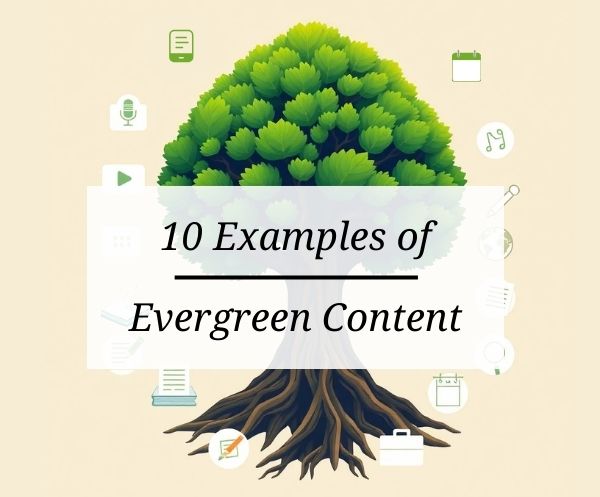Optimizing a website for organic traffic means working on many aspects of the site, both outside and inside it. And one of the most important factors is SEO-friendly content, in other words, the quality and relevance of the content.
Our content is a vital resource in capturing the attention of our target audience. Without well-optimized content, the visibility of our website in search engines and the success of our digital project become a more complicated task.
Precisely for this reason, many businesses work and strive to develop SEO-optimized content for their blogs, pages, online stores and social media outlets.
Before getting into the subject, it is necessary to talk a bit about why SEO content should be a priority on your website.
Why is SEO content important?
Without relevant content on your website, it is extremely difficult for search engines to index your pages and display them to an audience.
If a website doesn’t have a strong SEO strategy, it will likely never be seen or shared by its intended target audience, at least not “organically”, that is, without an advertising budget.
Having said this, quality content is more difficult to produce today than it was 10 years ago. It takes more research and resources because SEO is not just a numbers game anymore. Let’s dive into what a proper SEO content strategy looks like today:

Steps to SEO-optimized content
1. Know your audience and focus on it
One of the mistakes that business owners tend to make when they start their company blog is to create content for themselves.
When writing for SEO, it’s necessary to write for a specific audience. Before we begin, we need to define what topics to cover, what keywords to include, and how to organize the information.
This is a key part of search analysis, one of the foundations of SEO. If we want the visitors to be interested in what we publish, the first step is to know what the niche is and what the audience is looking for, or interested in.
To discover that, we need to answer these questions:
- What do they want?
- What are they looking for?
- Why have they opened a Google search tab?
- What problems do they face?
- How can we offer them a solution?
- Does our content have the information they want?
These are all questions we ask not just once but on a regular basis, because SEO is an on-going process.
One way to answer all these questions is by clearly defining or market niche. We need to do all the necessary research to be fully educated on the topic before doing anything else. This way, our content will stand out and be relevant in the visitor’s eyes.
2. Choose catchy titles and headlines
This is a crucial point because users have very limited information when they see a Google search results page (SERP). Often they are forced to decide which link to click based only on titles, descriptions, and URLs.
When dealing with organic traffic, the headline of each article becomes the first contact between our website and the visitor, so it’s important to make it as attractive and eye-catching as possible. The title should capture the attention of the largest number of people, and entice them to clicking through to read our piece of content.
You should not use just any keyword, but the one that is most relevant and interesting, depending on the content itself. As with anything in SEO, the best strategy for choosing a title will depend on the specific content. Often, it’s a good idea to use numbers, questions or catchy phrases. Other times, a well-chosen keyword and a clean title does the trick.
There are many ways, but the main one is to ask ourselves: “If we were the average user, what title would attract our attention the most?”. This is an opportunity to get inspiration from competitors in the same niche, or even look for real-life scenarios in other niches.
With titles, testing different options (A/B testing) to see which one performs best is always a good practice.
3. Make your article easy to read
An important point to keep in mind is that your article must always be straightforward. You should have a varied media mix (images, video, infographics) but only focus on the topic without deviating. Some SEO specialists will recommend a number of words (e.g. over 1,200 words), however this depends entirely on the content and audience.
More importantly, the content has to be easy to read. Sometimes we focus on using very technical language or far-fetched words in order to seem more professional. This is usually a mistake. The goal of a SEO-optimized article is to cast a wide enough net while also targeting the right audience.
4. Not just text: Add other media formats
As mentioned in the last point, always try to include relevant graphics, videos, statistics, images or infographics in your articles. While written articles are the most direct form of content and the most commonly used in SEO content, variety is also good. Different people have different learning styles, and not everyone is willing (or able) to read large chunks of text.
This will not only attract a larger audience but create a greater impact on the visitor, providing better results.
In conclusion
As we have seen, optimizing content for SEO starts and ends with a focus on the intended audience. After generating a good amount of content pieces, an SEO audit should take place.
If you need help starting with your SEO plan or are lost finding ideas for your content, get in touch with me for a personalized SEO content consultation.





